You can’t define a camera’s quality with numbers, but stats are a great way to start a discussion. The Leica Q2 has been named “the best camera for shooting travel and street photos” by many publications. Its image quality (IQ), huge sensor, portability, and technical features are state-of-the-art. But let’s take a look at the new Fujifilm X-T5 vs Leica Q2.
The Fujifilm X-T5 was launched in November. It’s custom-tailored for stills photography and may have the potential to knock the Leica Q2 off its perch. So let’s first take a look at those stats.
| FUJIFILM X-T5 | LEICA Q2 | |
|---|---|---|
| Sensor Type | APS-C | Full-Frame |
| Sensor Size | 40 megapixels | 47.3 megapixels |
| Lens | Interchangeable | 28mm f/1.7 Summilux |
| LCD Monitor | 3-way tilting | Fixed |
| Film Simulations | 19 | 1 |
| Simultaneous Images | 4 | 2 |
| Shaped Grip | Yes | No |
| ±Weight | 25.8 oz | 25.3 oz |
| ±Dimensions LxHxW | 127x96x89 | 89x81x92 |
| Basic Price (US ex tax) | $1,699 | $5,795 |
| Prices with 3 lenses | $3,796 | N/A |
| 1.Fujinon XF 18-55mm F2.8-4 R OIS lens ($699) 2.Fujinon XF 10-24mm F4 R OIS WR lens ($999) 3.Fujinon XF 35mm F2 R WR lens ($399) |
±With XF Fujinon 35mm F2 R WR lens
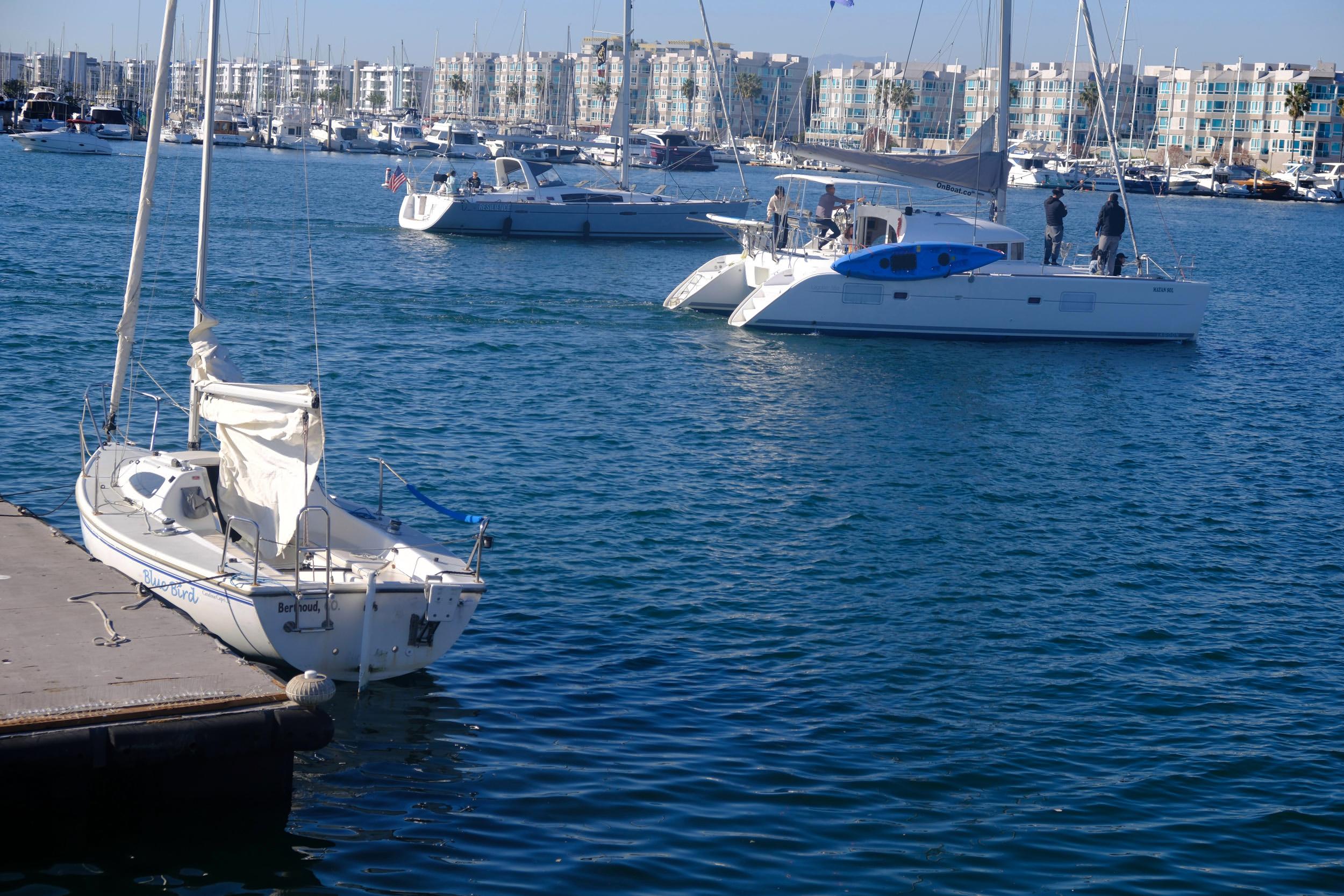
Sensor type and size
- Leica Q2 has a proven 47.3-megapixel full-frame sensor with world-famous image quality (IQ) and low-light performance.
- Fujifilm has a newly designed 40-megapixel APS-C sensor. From my recent experience, it also has exceptional image quality and low-light performance. The T5’s internal-body stabilisation (IBIS) and the optical image stabilisation (OIS) of many Fujinon telephoto and zoom lenses enhance low-light performance even more.
I’ve had my Fuji X-T5 for about two weeks; it’s already yielding tack-sharp images with depth and lots of detail.
Here’s what I shot on my first outing with the camera to Marina del Rey, one of the largest marinas in the world. The land was a gift from Howard Hughes to the people of Los Angeles. He lived in a penthouse in the centre of this photo.
Unless otherwise noted, all the pics were taken with the Fujinon 18-55mm zoom, which came with the camera. I added two photos to the collection when I received the other two lenses. All images are unsharpened JPGs right out of the camera. Only the squirrel and the sea lion photos were sharply cropped.
A question of lenses
- The Leica Q2 has a fixed autofocus f/1.7 prime lens that (along with the body) is weather-resistant and stabilised. The company calls it a 28mm lens, but enthusiasts who have measured the field of view claim it’s wider, about 25mm.
- The Fujifilm X-T5 lenses are fully interchangeable. It has many factory lenses plus additional ones made by other manufacturers.
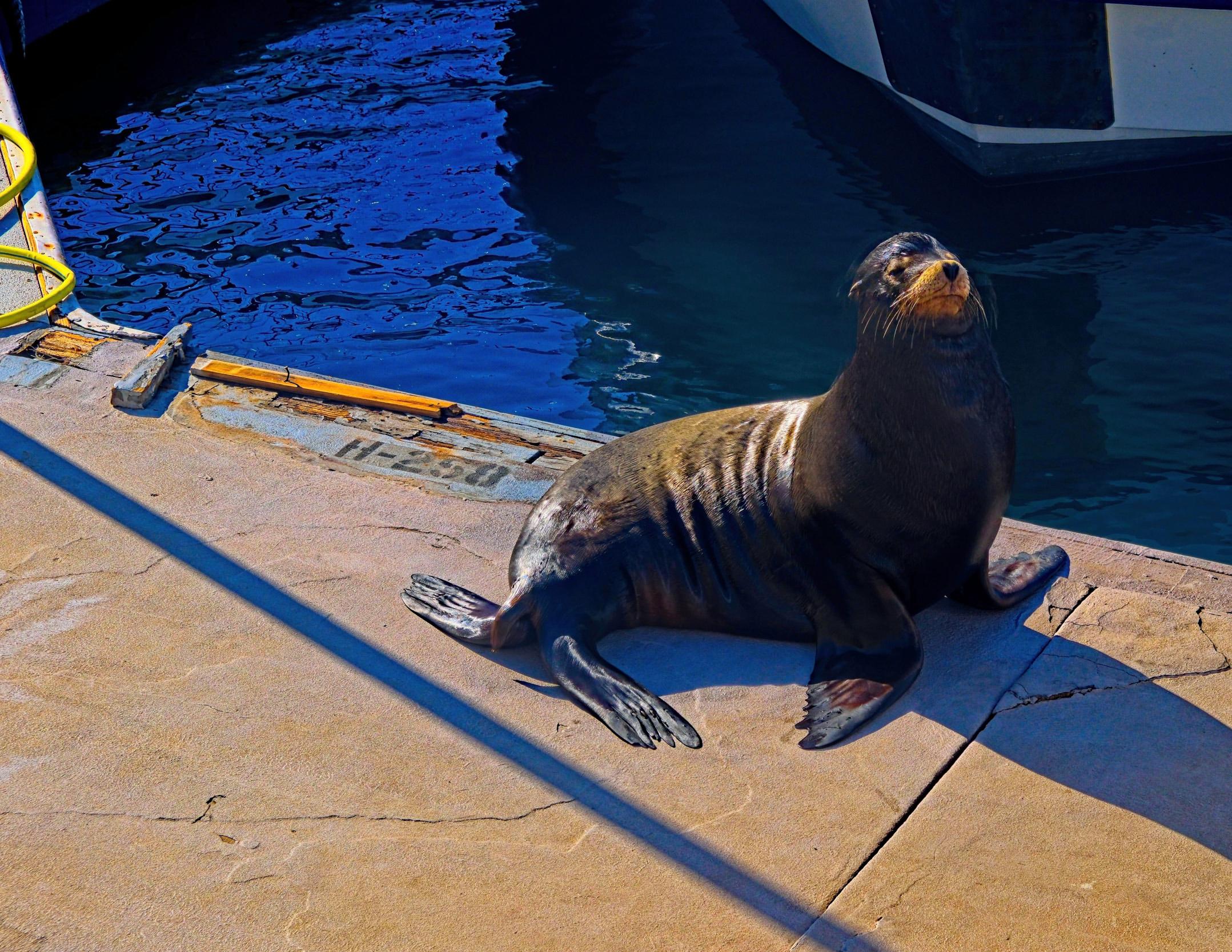
For my X-T5, I selected three of the most popular lenses:
The Fujifilm 18-55mm F2.8-4 OIS is the oldest of Fuji’s standard zooms and is not rated as weather-resistant. But, after owning all three of the zooms that are sometimes provided in “kits” along with Fujifilm camera bodies, I’ve found the 18-55 to be the best for me.
At 11 ounces (312g), it’s 5 ounces (142g) lighter and not as bulky as the 16-80mm F4. Thanks to its IOS, the focus is fast and accurate. It gathers slightly more light than the Fujifilm 16-80mm F4 zoom. It’s better built than the tiny 15-45mm zoom, which is mostly plastic but is an excellent choice if you want to stay unnoticed.
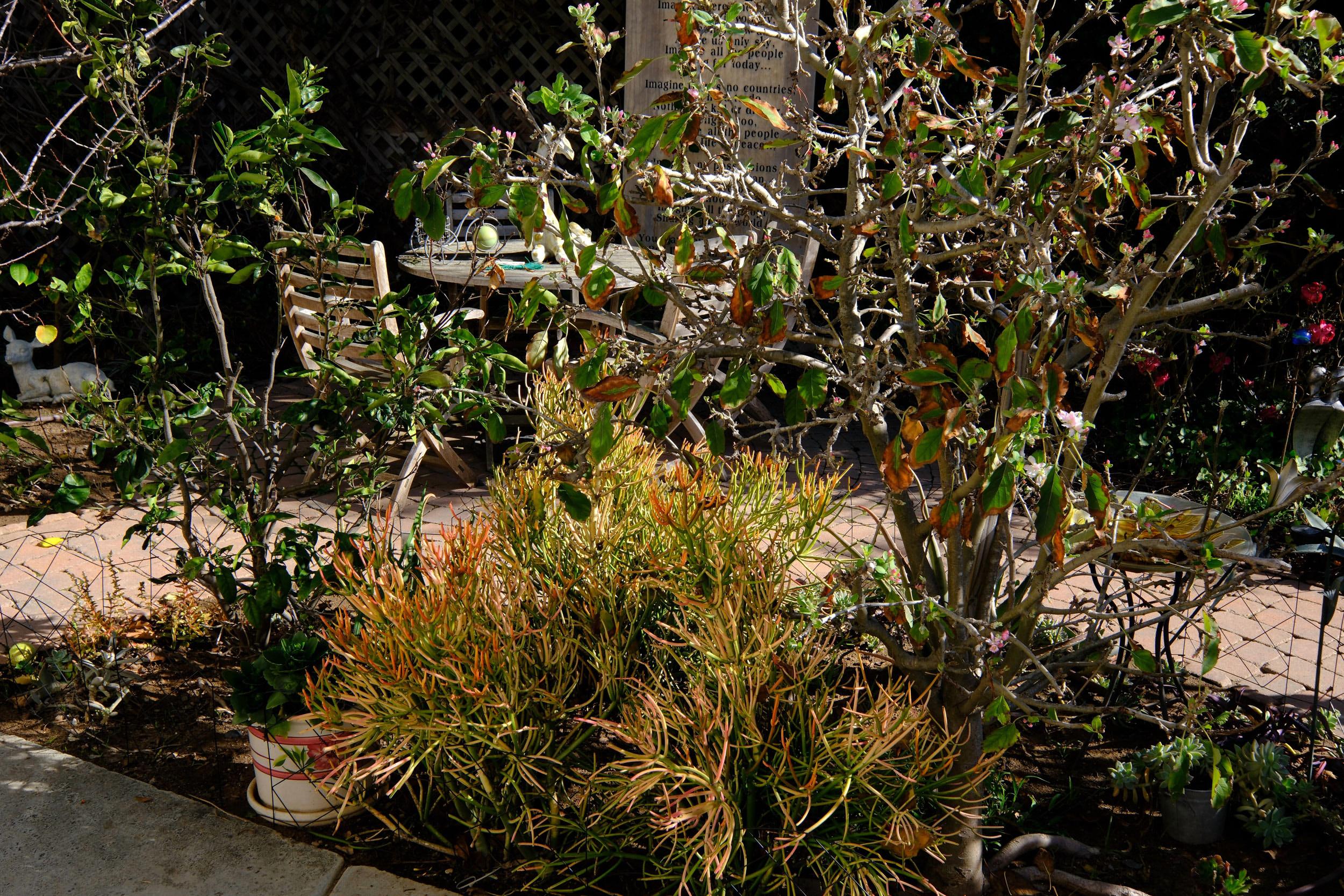
My second lens enjoys cult status: The Fujinon XF 10-24mm F4 OIS WR lens. In several photo books and articles, at least half the published images were shot with this lens. With a full-frame equivalent of 15-35mm, it’s one of the ultimate walk-around optics for exploring a city, taking architectural photos, and shooting landscapes.
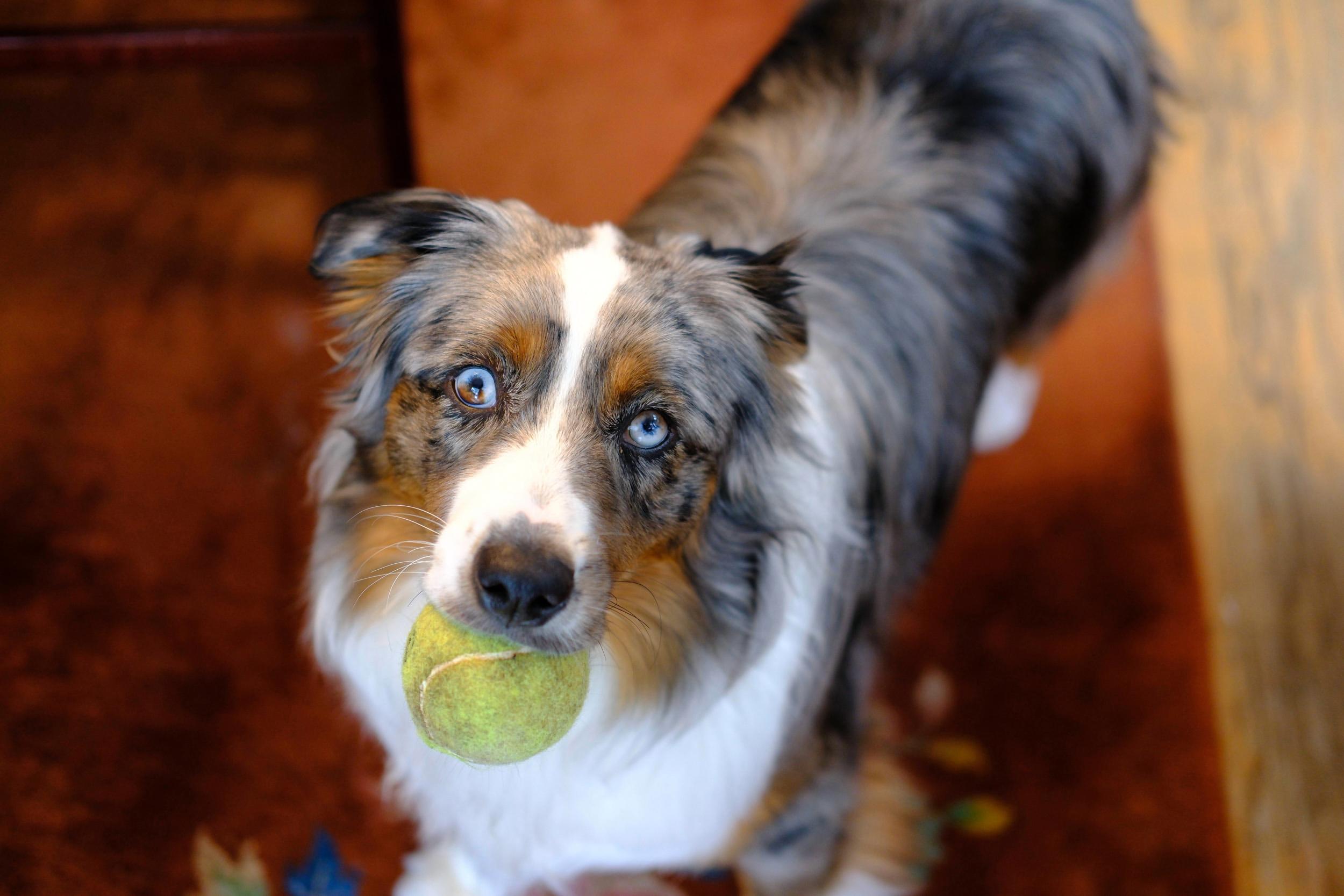
My third lens is the Fujinon XF 35mm F2 R WR. It sells for about a tenth of the cost of most Leica Summicron lenses. The Fujinon 35mm F2 lens is weather-resistant, and only one-half stop slower than the Q2’s Summilux f/1.7. It permits the X-T5 to weigh within one ounce (28g) of the Q2 and to have almost the exact dimensions. As evidenced by the photo above, its image quality is terrific.
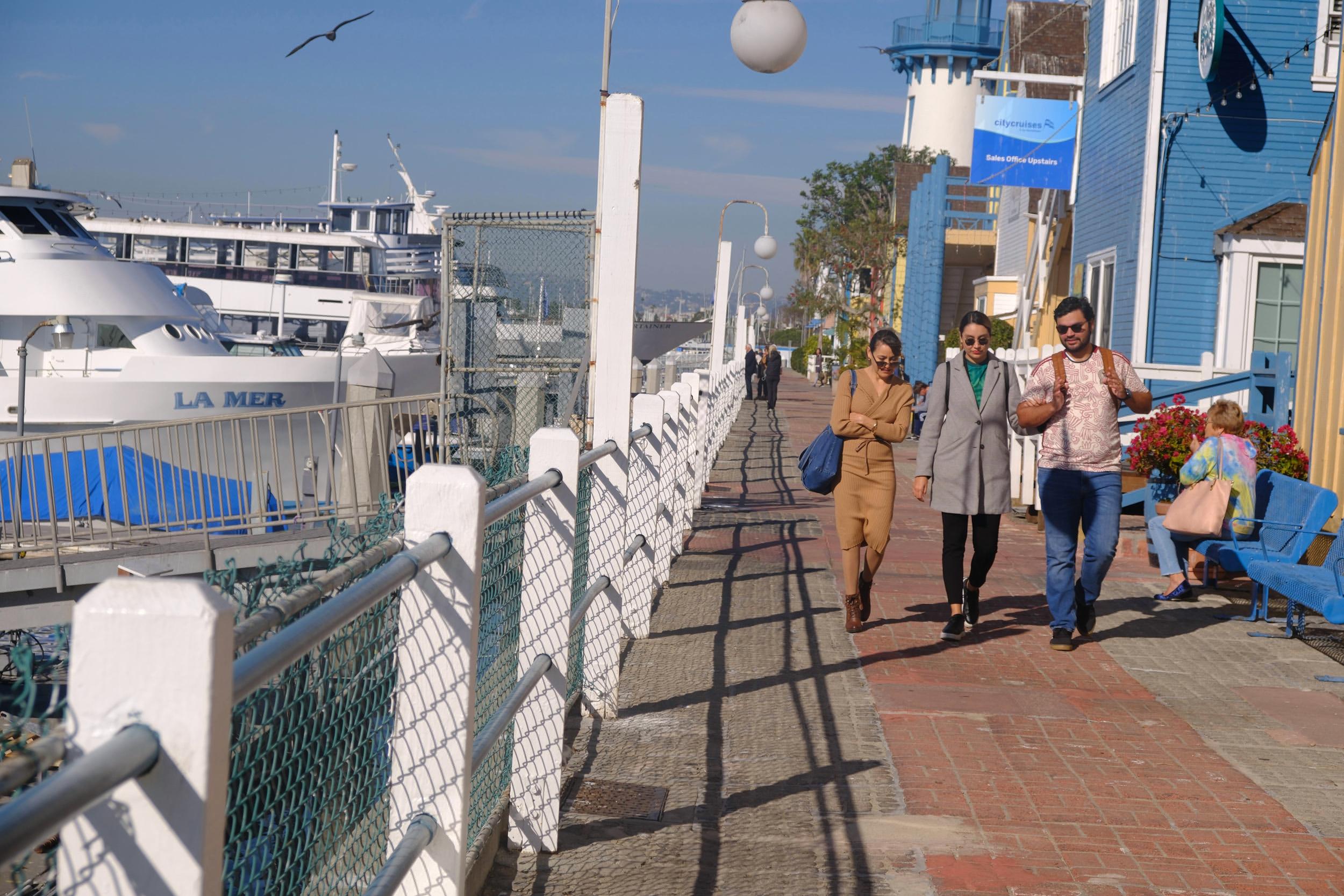
LCD Monitor
- The Leica Q2 has an LCD monitor that’s fixed in place.
- The Fujifilm X T-5’s LCD monitor can swivel for low & high horizontal shooting. It can also swivel vertically for shooting high waterfalls, tall buildings, or some people.
Whenever photography sites such as Macfilos ask readers to suggest improvements for Leica’s Q camera, a tilting or articulating LCD monitor is high on the list. Thus far, Leica has ignored the pleas. The Fuji can tilt upward or downward when shooting vertically and upward when shooting vertically.
Film Simulations
- All the photos produced by the Leica Q and other high-end models are said to have the same well-known “Leica look”. This is one reason that Leica can command high prices for these cameras and lenses. Another model, the Leica Q2 Monochrom, produces equally well-regarded black-and-white images.
- The Fujifilm X-T5 viewfinder and sensor can be set up with a few clicks of the MENU button to depict any of 19 film simulations – mostly resembling Fuji slide and negative film stock sold in the past. The film simulations include monochrome and colour images. These simulations can be further modified by adding “electronic filtering” or adjusting the pictures.
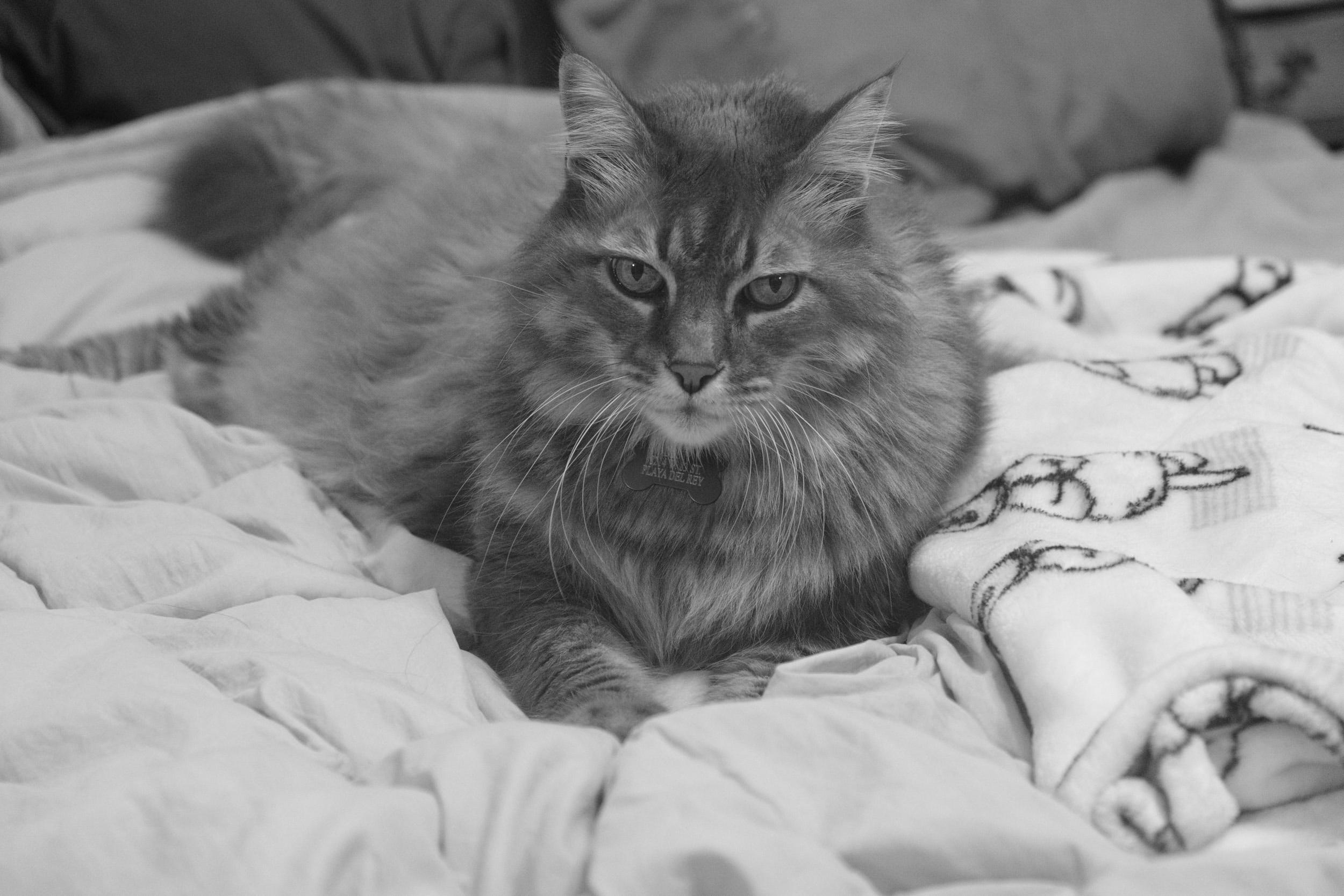
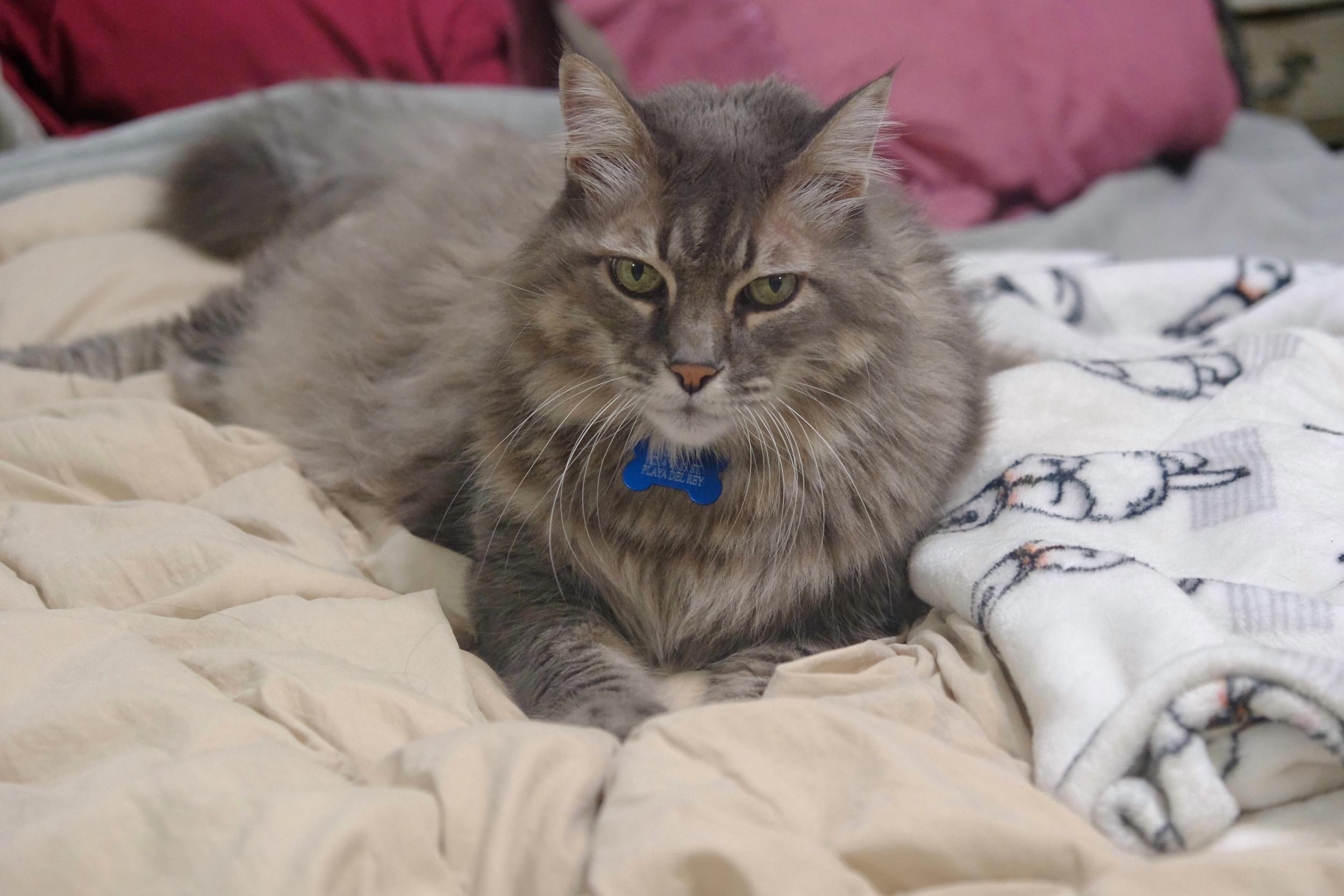

A small, informal industry has grown around selling or giving away film simulations. Blogger Richie Roesch develops film simulations for Fujifilm cameras and iPhones; book author and blogger Gordon Liang focuses on Fujifilm and other mirrorless cameras. All the film simulations produce JPG files. If Fuji shooters select RAW+JPG as their shooting mode, the negative simulations can be applied at any time using the RAW version of the image.
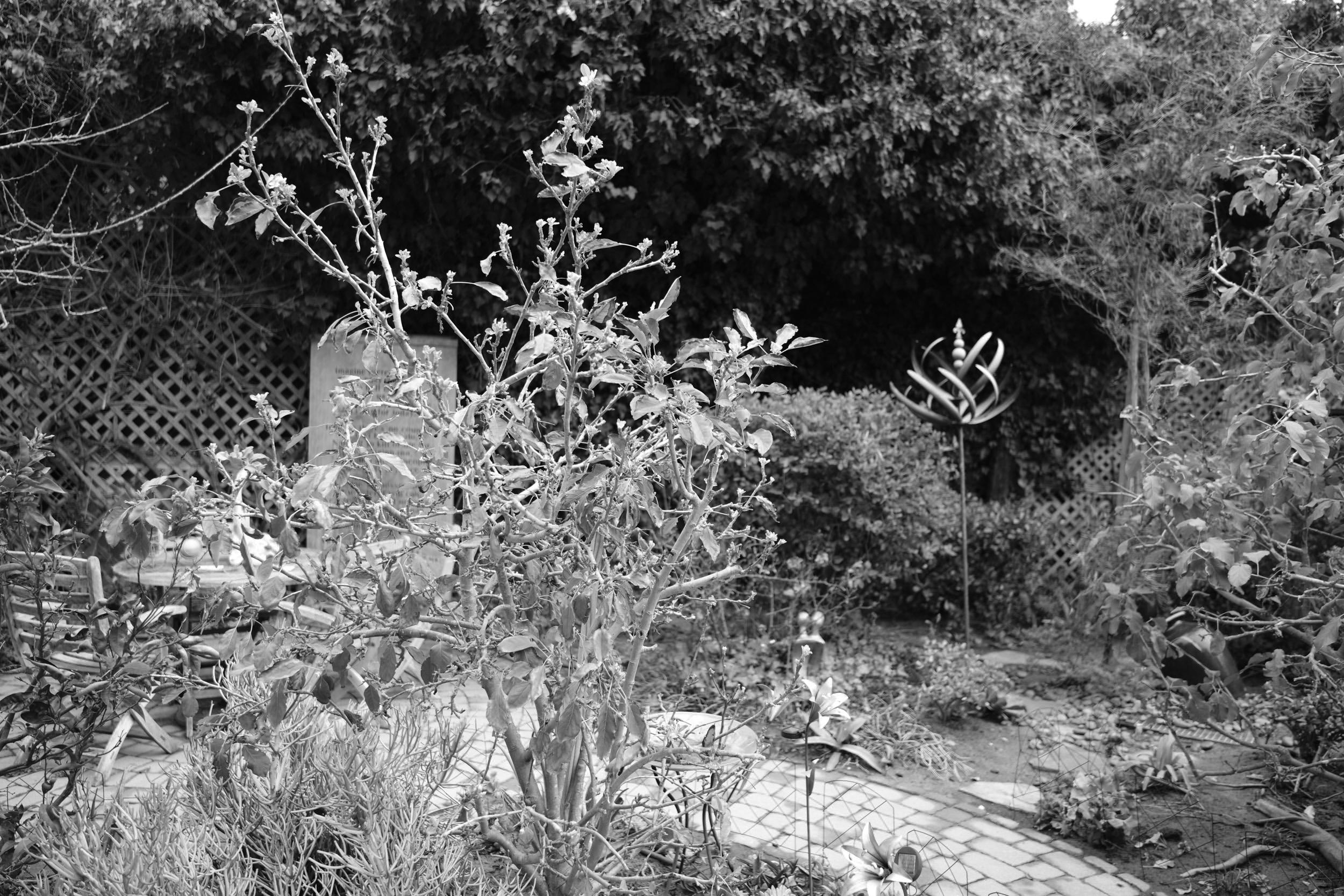
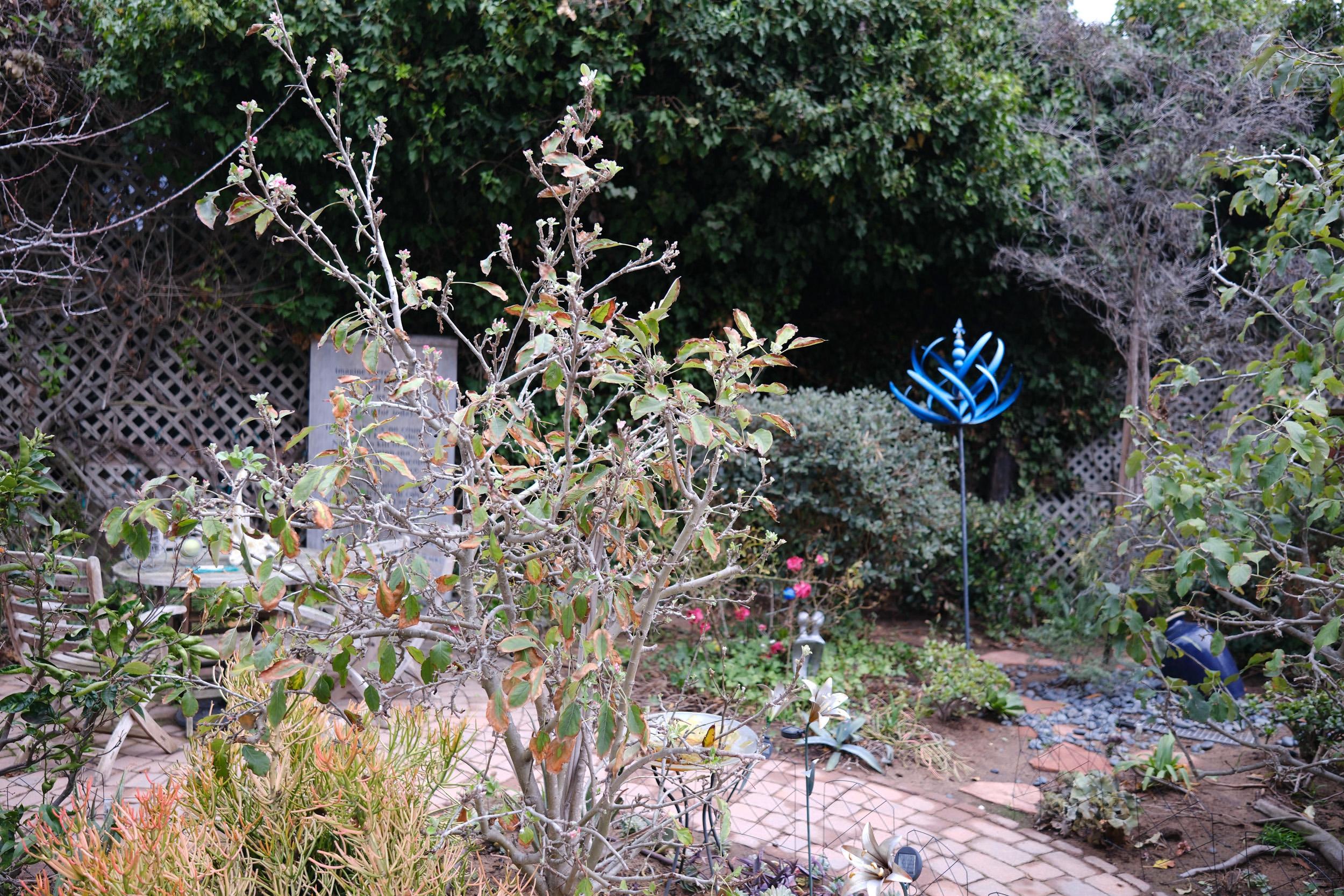
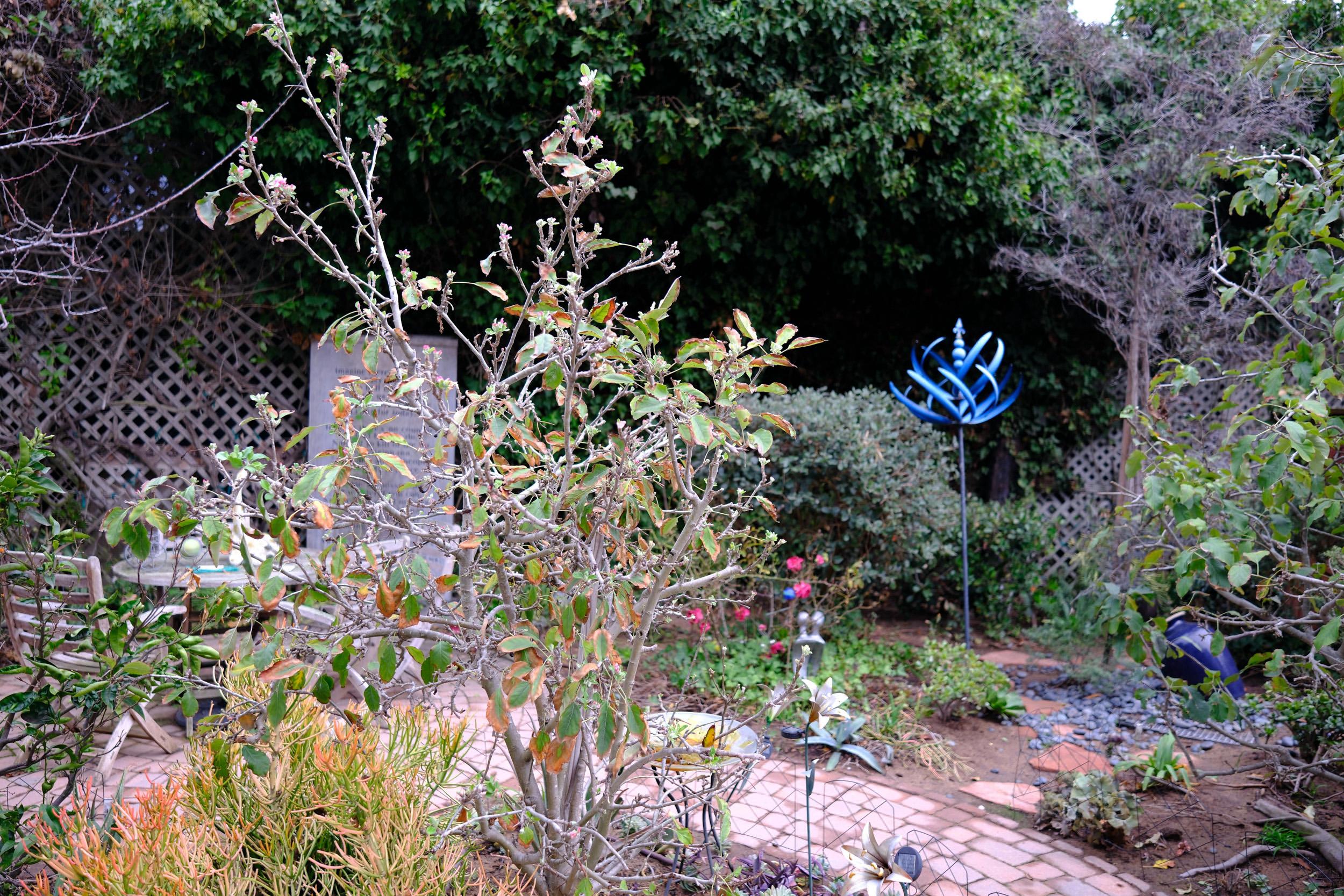
Simultaneous Images
The Leica Q2 operates like nearly all high-end cameras: Press the shutter button once and get one JPG and one RAW image.
Most Fujifilm cameras, including the X-T5, work differently: Pressing the shutter once can result in three JPG film simulations and one RAW image. I usually shoot with Velvia (vivid colours), Acros (dramatic B&W), and Astia (soft portrait).
Gordon Liang wrote and shot the photos for the most absorbing camera book I’ve ever read: “In camera – How to Get Perfect Pictures Straight out of the Camera”.
Liang demonstrates his techniques by providing 100 JPG images and describing how he produced them without using post-processing software. About half of his pictures were shot with a Fujifilm X-T1 (the decade-old ancestor of the X-T5) – using the lenses I bought for my camera. The most frequently used in the book was the Fujinon 10-24mm zoom. Is this a coincidence? Not a chance!

Shaped Grip
The Leica Q2’s Hand Grip for the shooter’s right-hand goes straight down the camera body without any indentations. This minimises the camera’s size.
The Fujifilm X-T5 has a shaped grip for the shooter’s right hand, making it easier to shoot one-handed and use heavier and longer lenses.
The only “moulded grip” sold by B&H Photo for the Leica Q2 is the Really Right Stuff Leica Q2 LP-Plate with Grip. It sells for $225 and adds 5 ounces (142g) to the camera’s weight. Leica’s accessory grip is less expensive but isn’t shaped.
Because I sometimes shoot while gripping a railing or having something in my left hand, one-handed shooting is essential for me. With my heaviest lens, the Fujinon 10-24mm zoom (13 ounces, 369g), shooting one-handed isn’t a problem. Straight-bodied cameras (sometimes called “bricks”) can cause motion blur, even with small lenses.
Summing up
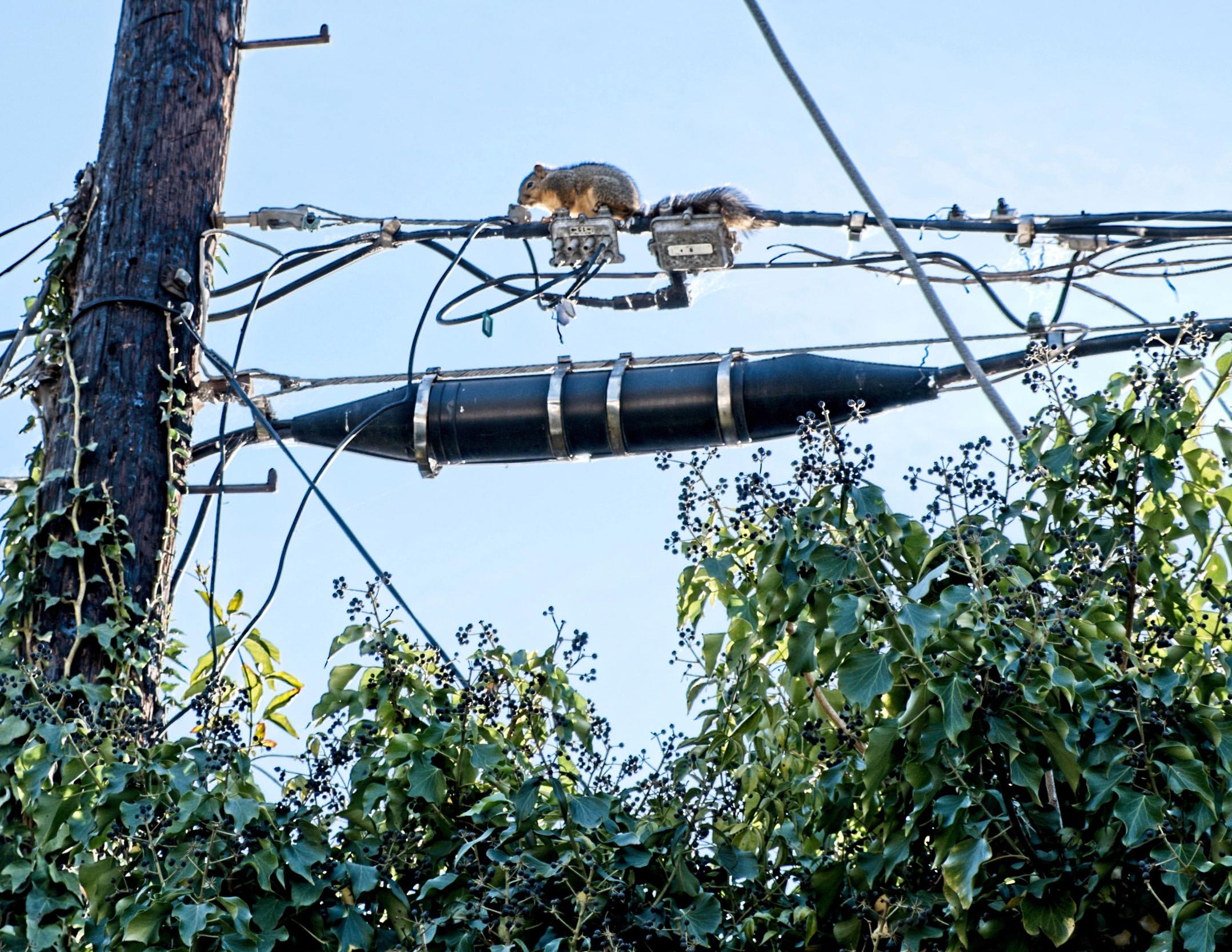
Investing in one superlative camera with a single fixed lens is an intriguing idea, especially when the camera has the unexcelled quality and precision of a German-made Leica Q2 with a Summilux f/1.7 lens and a full-frame 47.3-megapixel sensor. On the other hand, using any fixed-lens camera involves compromises some shooters may be unwilling to make.
In the case of the Fujifilm X-T5 camera with the Fujinon 35mm f/2 weather-resistant lens, the only notable compromises are the smaller sensor, a lens that’s a half-stop slower, and (probably most important) Leica’s prestige and reputation. On all other aspects, the X-T5 must be taken seriously.
The benefits of the X-T5 are interchangeable lenses of very high quality, a swivelling LCD monitor, film simulations, simultaneous images, and a moulded grip. It may be worth giving the Fujifilm X-T5 a try to get all this, especially if you do it through a camera store offering no-questions-asked 30-day returns. I suggest trying it with two lenses: a fixed-length wide angle such as the 16, 18, 23, or 35mm, and a midrange or wide-angle zoom.
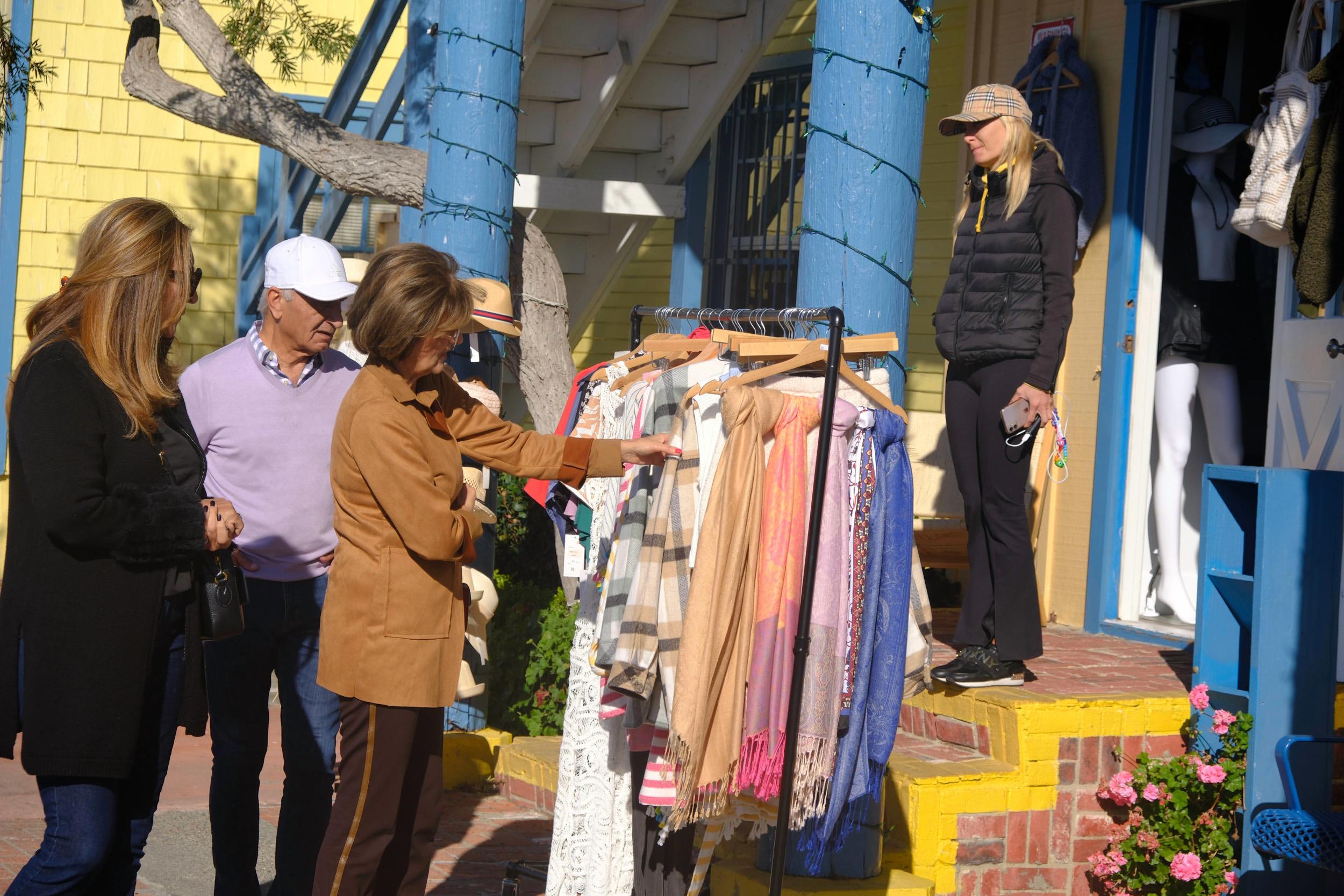
And if you are smarting from Leica’s recent decision to bin the popular APS-C camera, perhaps now is the time to jump ship and try something different.
Read more from Steve Frankel
Visit Steve Frankel’s website
Fuji on Macfilos
Make a donation to help with our running costs
Did you know that Macfilos is run by five photography enthusiasts based in the UK, USA and Europe? We cover all the substantial costs of running the site, and we do not carry advertising because it spoils readers’ enjoyment. Every amount, however small, will be appreciated, and we will write to acknowledge your generosity.

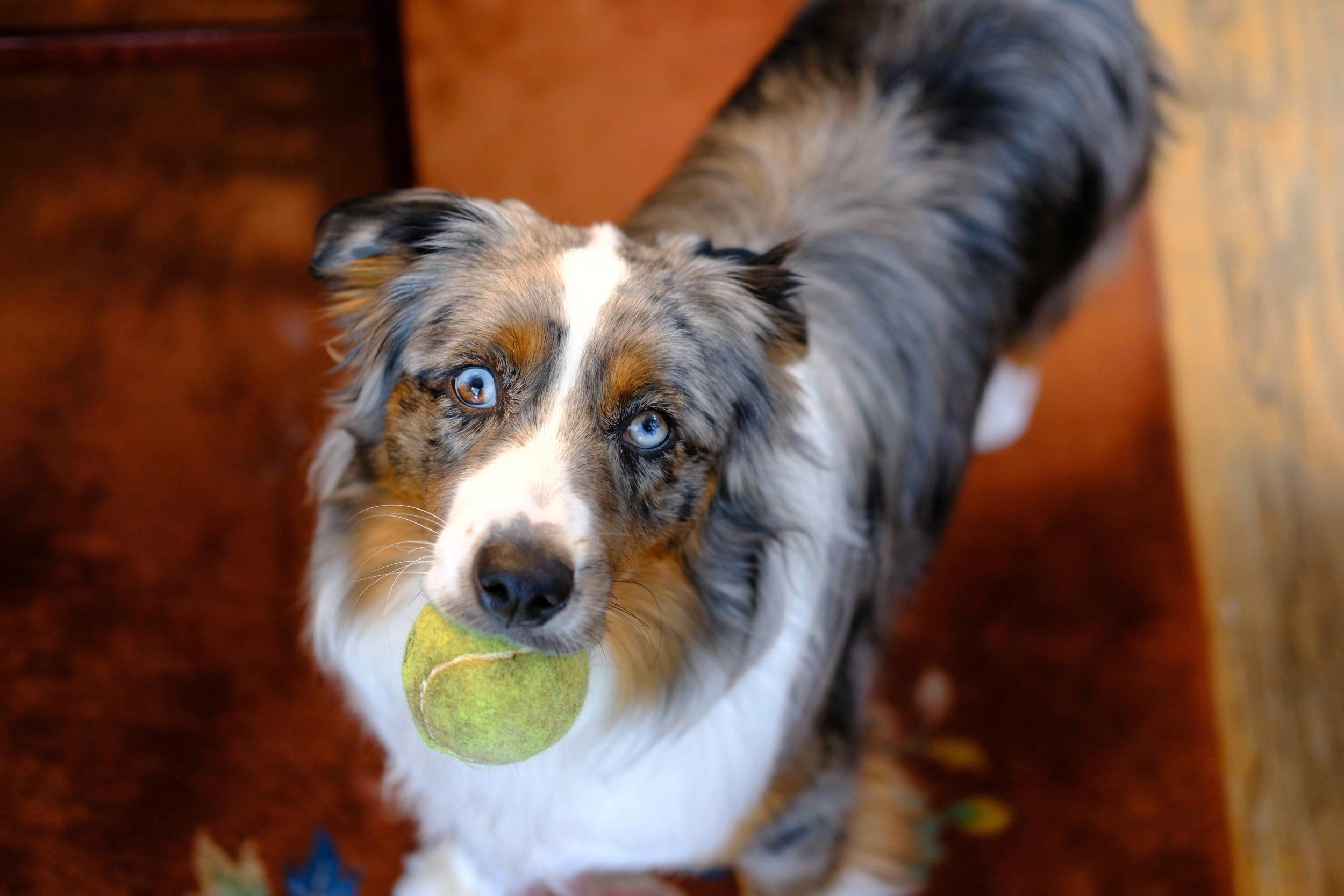
I owned the XT 2,3,4 and sold them all and bought the Q2, but it bothered me to look for the basic one still in the menu even in 28mm. I bought the XT5 in the 18-55 f2.8-4 kit and I am very satisfied.
Does the XT-5 not have a built in level indicator? Once I saw the first photo, my brain would only allow me to give the same level of care to reading the rest of the article.
I enjoyed the article and pictures, thanks Steven. I must admit that i, too, share the general opinion that it’s a somewhat unusual and perhaps untypical comparison, perhaps mostly because without side-by-side usage things like outright IQ and handling become somewhat arbitrary values to compare. For example, I cannot possibly evaluate the handling and tactility of the Q2 as I’ve never used one. Likewise, the X-T5.
However, I’ve no doubt that the X-T5 is a fantastic camera. Very recently, I bought the venerable X-T1 and a manual focus lens, simply to have a taste of the Fujifilm ascetic and layout, and so far i find it very appealing in use. I may even get a little write-up done for Mike at some stage. Hopefully.
Everything in photography is, inherently, a compromise. From the exposure triangle to size to handling to price to feel to versatility to needs to one users global gestalt or outlook versus another. We make our choices on what is- or isn’t – of importance and invariably just move forward from there.
Thanks for doing the write up. I hope the X-T5 continues to bring you joy.
I wasn’t trying to create a “fair” comparison. I wanted to compare the best fixed-focal length, lightweight camera with the best, lightweight interchangeable lens camera. The Leica Q2, in my opinion, sweeps the first category thanks to its eminently easily cropped two additional “frames.” The Fujifilm X-T5 sweeps the second category with its much wider choice of color and mono palettes and its huge battery of lenses that were at least inspired (or some would say copied) from Leica designs.
Hence, the Fujinon 23mm, 35mm, and 50mm F2 lenses are nicknamed “Fujicrons.” Yes, the menus are more complete than the Leica CL I formerly owned, but this is at least partially due to additional features like color profiles. When faced with unfamiliar shooting situations, I rely on my presets that I seldom change, and shoot on AUTO for the first few frames.
Thanks to all of you for this spirited discussion. You are adding value and other perspectives to what I’ve written.
I believe Fuji’s 18/1.4 is the right lens for comparison and that one delivers in spades. The pop, the colours, contrast and bokeh is all there.
There is no right or wrong and the decision comes down to
-cost
-flexibility of swapping lenses aside
-weight
-personal liking for menu systems and buttons
-full-frame vs APSC – there will always be a difference.
I would agree that the comparison is a little askew. The X100V would be the more “direct” match for the Q2. I have not shot a Q2, but did own a Q for a while. I swapped over to the X100V and couldn’t be happier – the optical viewfinder alone is worth it. I just don’t get along with EVFs and am finding myself drawn to OVF cameras again. My eyes are happier, and the days when I decide to shoot digital instead of film are now less jarring as the cameras feel more similar.
The menus on the Fuji are indeed a labyrinth, but honestly, after 10-15 minutes to set up my basic operating parameters, and program a few function buttons for the parameters I would change most often (and there’s not really many of those anyway), I never go back into the labyrinth again. No more challenging that using a film camera, really.
I take Fujifilm in my case X-T4 over Q2 any time given X series interchangeable lens flexibility. I am in the process of selling my 1.4/50 Summilux as the XF 1.4/33 does the same job. It is my travel/walkaround camera leaving my SL-2S at home. Fujifilm menus are logical and given manual dials setup is very flexible.
Rarely a Q2 owner would change it for an XT5 and vice versa. Regardless price. Fuji should have kept the simple Xpro1 menu. Every new camera becomes messier; I got a CL, got rid of newer Fuji’s and brought again an Xpro1
I’ve got to agree with John and Le Chef above. It’s not an appropriate comparison and very one-sided towards the XT-5. The X100V as mentioned is a much better comparison with the Q2.
My wife just swapped her excellent XT-3 and a couple of lovely lenses including a 35mm f1.4 in for a used Leica CL and a couple of lenses. She simply couldn’t get on with the awful menus on the Fuji.
I originally thought the XT-3 was a good choice because of all the nice mechanical dials with one function but actually the menus and number of buttons/dials kill it for the novice shooter. I was forever helping out trying to find what had been ‘accidentally’ set.
I like my cameras to get out of the way of shooting, everything you need and nothing you don’t.
You just reminded me why my Fuji X-T20 has stayed in the cupboard unused for years! Otherwise the enthusiasm of this review might have got the better of me!
On paper it’s intriguing but unless Fuji has radically rewritten and reorganized its menu it’s not for me.
Every time I pick up a Fuji camera and want to change something it’s like trying to read through a diner’s 20 page menu to find what I want. That’s a UI written for the engineers not the users.
Leica’s philosophy of simplicity shines through in that “Profiles” take away the need to face the clutter of two eggs over easy on page 4 vs scrambled with a side order of bacon on page 11 which is what Fuji’s menu system feels like.
And Leica bodies also show minimalist restraint by clustering controls on simple configurable dials and buttons, where Fujis could be the role models for King Charles’ “Carbuncle” quote.
And obviously if you must compose a Fuji to the Q2 it should really be the X100V, and in that matchup there appears to be no contest.
Apples to oranges, dx to fx, etc. sorry no sale here.